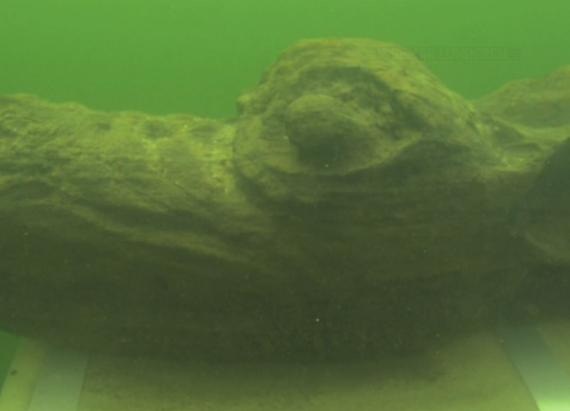-
Tips for becoming a good boxer - November 6, 2020
-
7 expert tips for making your hens night a memorable one - November 6, 2020
-
5 reasons to host your Christmas party on a cruise boat - November 6, 2020
-
What to do when you’re charged with a crime - November 6, 2020
-
Should you get one or multiple dogs? Here’s all you need to know - November 3, 2020
-
A Guide: How to Build Your Very Own Magic Mirror - February 14, 2019
-
Our Top Inspirational Baseball Stars - November 24, 2018
-
Five Tech Tools That Will Help You Turn Your Blog into a Business - November 24, 2018
-
How to Indulge on Vacation without Expanding Your Waist - November 9, 2018
-
5 Strategies for Businesses to Appeal to Today’s Increasingly Mobile-Crazed Customers - November 9, 2018
Ancient, Wooden Sea Monster Raised from the Depths of the Baltic Sea
Divers brought back to the surface a wooden sea monster that has been lying on the sea bed of the Baltic sea for more than 500 years.
Advertisement
The mysterious waters of our Earth are still brimming with possibilities of future discoveries and hide away treasures of the past, proven by a Viking “sea monster” found in the Baltic on Tuesday.
The beast, with snarling teeth and lion ears, and the mouth of a crocodile, was carved into an 11-foot-long beam of the ship, and seems to have a person trapped in its jaws.
“It’s a sea monster – and we have to discuss what kind of animal it is, ” said Johan Ronnby, professor of marine archaeology. “We knew that it should be a fantastic figure, but it was over our expectations when we saw it now”. It was once the bulkhead of a ship called the ‘Gribshunden, ‘ or “griffin-dog” which may also be the name of the creature. The finding is part of a larger expedition that discovered the wreck of the “Gribshunden”, which belonged to the Danish King John. “No similar item from the 15th century has ever been found anywhere in the world”, he said. The Gribshunden is thought to be the world’s best-preserved late medieval ship, the BBC reports.
Strangely, there seems to be something in the mouth, as if he is eating a human being. The ship is surmised to have sunk in 1495 after it conflagrated on its way from Copenhagen to Kalmar located on the east coast of Sweden. This what we have today, it’s just fantastic.
Other rare artifacts were previously recovered and are now on display in museums.
The ship sank during a chaotic time in Scandinavia, as the fire foiled King John’s efforts to unite Denmark, Norway and Sweden into one sovereign kingdom.
Advertisement
Head of Blekinge Museum, Marcus Sandekjer: “The ship comes from a time just when Columbus was sailing across the ocean and Vasco da Gama also went to India and this is the same period and we can learn very much about how the ships were made.” Since it sank in an explosion a salvage of the ship is not on the cards, however they hope to find more objects.




























